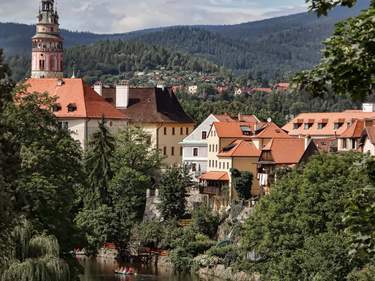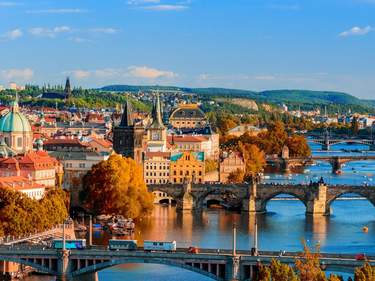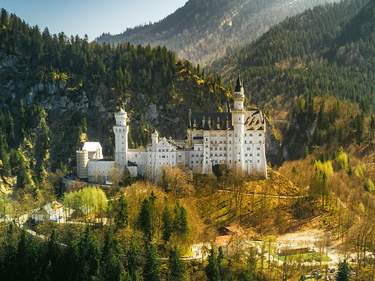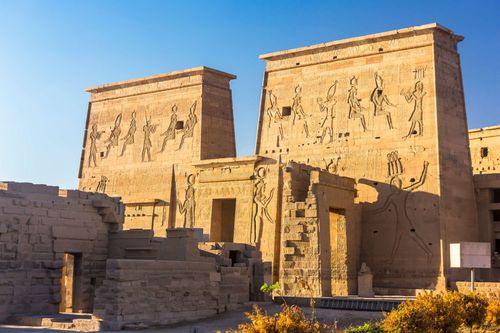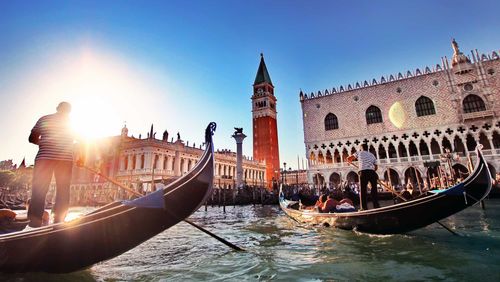Mak
On the Ring’s eastern section, beyond Stubenring, is the enjoyable MAK (Tues 10am–10pm, Wed–Sun 10am–6pm; €9.90, free Tues 6–10pm), an applied arts museum whose eclectic collection spans the Romanesque period to the twentieth century and includes an unrivalled Wiener Werkstätte collection.
The MuseumsQuartier
Southwest of the Ring is Vienna’s MuseumsQuartier, a collection of museums and galleries in the old imperial stables, where the original buildings are enhanced by a couple of striking contemporary additions. Stylish outdoor seating, plenty of good cafés and an interesting calendar of events make the area a focus for Vienna’s cultural life. The best museum here is the Leopold Museum (Mon, Wed & Fri–Sun 10am–6pm, Thurs 10am–9pm; €13), with fine work by Klimt and the largest collection in the world of works by Egon Schiele.
The Ring and Rathausplatz
The Ring, the large boulevard that encircles the Innere Stadt, along with its attendant monumental civic buildings, was created to replace the town’s fortifications, demolished in 1857, many of these buildings now house museums. On the western section is the showpiece Rathausplatz, a square framed by four monumental public buildings: the Rathaus (City Hall), the Burgtheater, Parliament and the Universität – all completed in the 1880s.
Schönbrunn
The biggest attraction in the city suburbs is the imperial summer palace of Schönbrunn(U4 to Schönbrunn), designed by Fischer von Erlach on the model of residences like Versailles. To visit the palace rooms or Prunkräume (daily: April–June, Sept & Oct 8.30am–5pm; July & Aug 8.30am–6pm; Nov–March 8.30am–4.30pm) there’s a choice of two tours: the “Imperial Tour” (€13.30), which takes in 22 state rooms, and the “Grand Tour” (€16.40 with audioguide, €19.40 with tour guide), which includes forty rooms. The shorter tour misses out the best rooms – such as the Millions Room, a rosewood-panelled chamber covered from floor to ceiling with wildly irregular Rococo cartouches, each holding a Persian miniature watercolour. The palace gets unbearably overcrowded at the height of summer, with lengthy queues, so buy tickets in advance online. The splendid Schlosspark (daily 6.30am–dusk; free) is dotted with attractions, including the Gloriette – a hilltop colonnaded monument, now a café and terrace with splendid views (terrace daily: mid-March to June, Sept & Oct 9am–6pm; July & Aug 9am–7pm; late Oct to early Nov 9am–4pm; €3.60), fountains, a maze and labyrinth (same hours as Gloriette; €5.20) and Vienna’s excellent Tiergarten or zoo (daily: Jan, Nov & Dec 9am–4.30pm; Feb 9am–5pm; March & Oct 9am–5.30pm; April–Sept 9am–6.30pm; €18.50).
_listing_1640546826392.jpeg)
